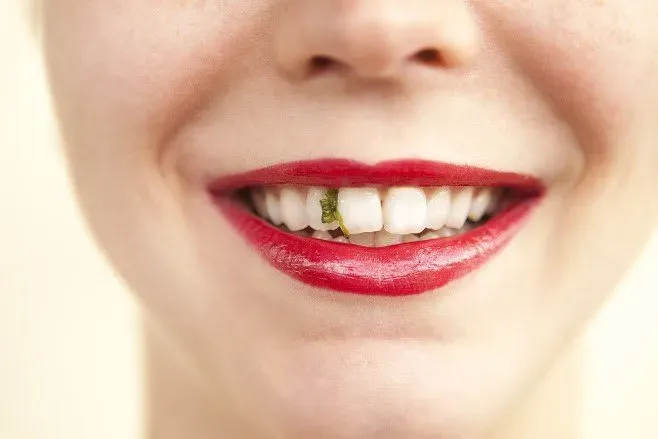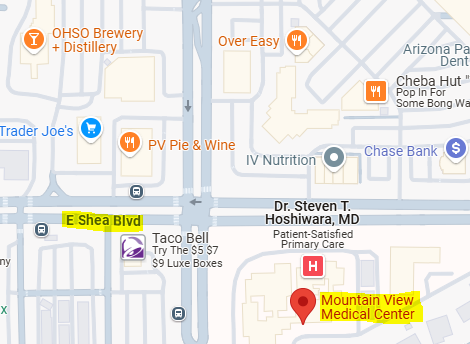FOOD STUCK IN YOUR TEETH? CONSIDER THESE 4 KEY POINTS
Few situations cause more annoyance than a popcorn hull, bit of stringy meat, or other piece of food that gets stuck between your teeth or in your gum line. This uninvited guest not only feels acutely uncomfortable, but it can also contribute to dental complications. Incorrectly removing the stuck food may only make things worse.
When you have a piece of food stuck in your teeth, you want immediate solutions, but not at the cost of your future dental well-being. Pay attention to the following four key points about this irritating issue, from common causes to smart removal strategies.
1. Foods That Commonly Get Stuck
Any food particle possessing the right combination of thinness, rigidity, and resilience can break away from larger bites and get lodged in the tight spaces between teeth. These same particles may also get pushed upward or downward until they rest within the periodontal pockets of the gums (a problem that can worsen gum disease).
Certain snacks have well-earned reputations for causing such problems. For example, popcorn typically has sharp, thin pieces of the hulls still attached to the popped kernels. Potato chips leave sticky crumbs in the crevices of your teeth. Meats and leafy vegetables can leave tough strands between your teeth.
2. Proper Removal Methods
If you feel a piece of food caught in your teeth or gums, you may manage to encourage its release simply by chewing, since this action causes slight motions that can allow the trapped particles to come out. Swishing water in your mouth can also help push food particles out.
If you still have a trapped piece of food to contend with, brush your teeth normally with a special focus on the area in question. You may also need to direct the food out of its hiding place with your tongue or a finger.
Flossing offers a safe yet highly effective option for ridding your teeth and gums of trapped food. If your normal flossing routine doesn't work, tie a tiny, tight knot in the floss and try again. The knot provides extra resistance which may dislodge the food. If you don't have any traditional floss, use a water flosser.
3. Improper Removal Methods
Despite their widespread availability and popularity for removing trapped food particles, toothpicks can do more harm than good. These thin, pointed wooden sticks may indeed remove a stubborn piece of food, but they can also damage tooth enamel, chip restorations, hurt your gums, or even break and splinter (with the splinters getting stuck as well).
Other hard, sharp objects pose similar risk to your dental health. Resist the temptation to use a fork, knife, or any other tool not intended for dental hygiene. Even a fingernail can jab its way into your gums, lacerating them and opening up a potential pathway for infection.
4. When to See Your Dentist
If a piece of trapped food doesn't immediately emerge from between your teeth using acceptable tools or methods, go ahead and schedule a dental appointment. If you let the trapped food sit too long, it may decay, potentially causing cavities or abscesses. It can even cause your teeth to shift out of their normal positions.
Your dentist can use professional instruments and techniques to remove a piece of trapped food quickly, easily, and painlessly. If your teeth tend to collect food particles due to tartar buildup or an existing cavity, you can receive on-the-spot cleanings, fillings, or other treatment to fix the problem.
Desert Dental can help you keep your mouth clean, your teeth healthy, and your smile free of unsightly, uncomfortable debris. Contact our office today to schedule an appointment and any dental care you may require.









